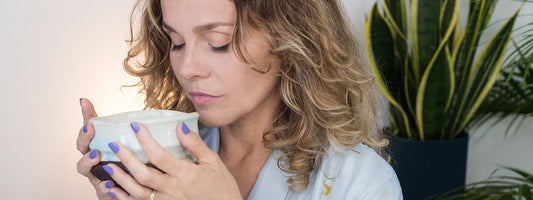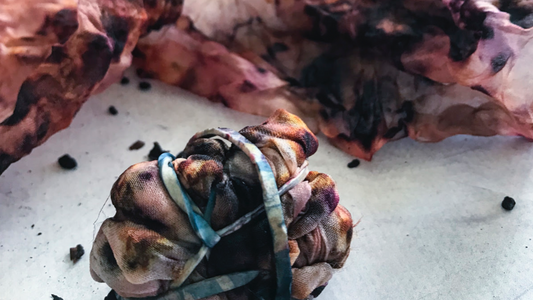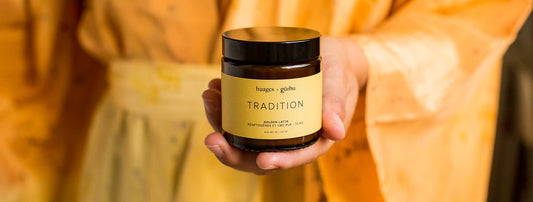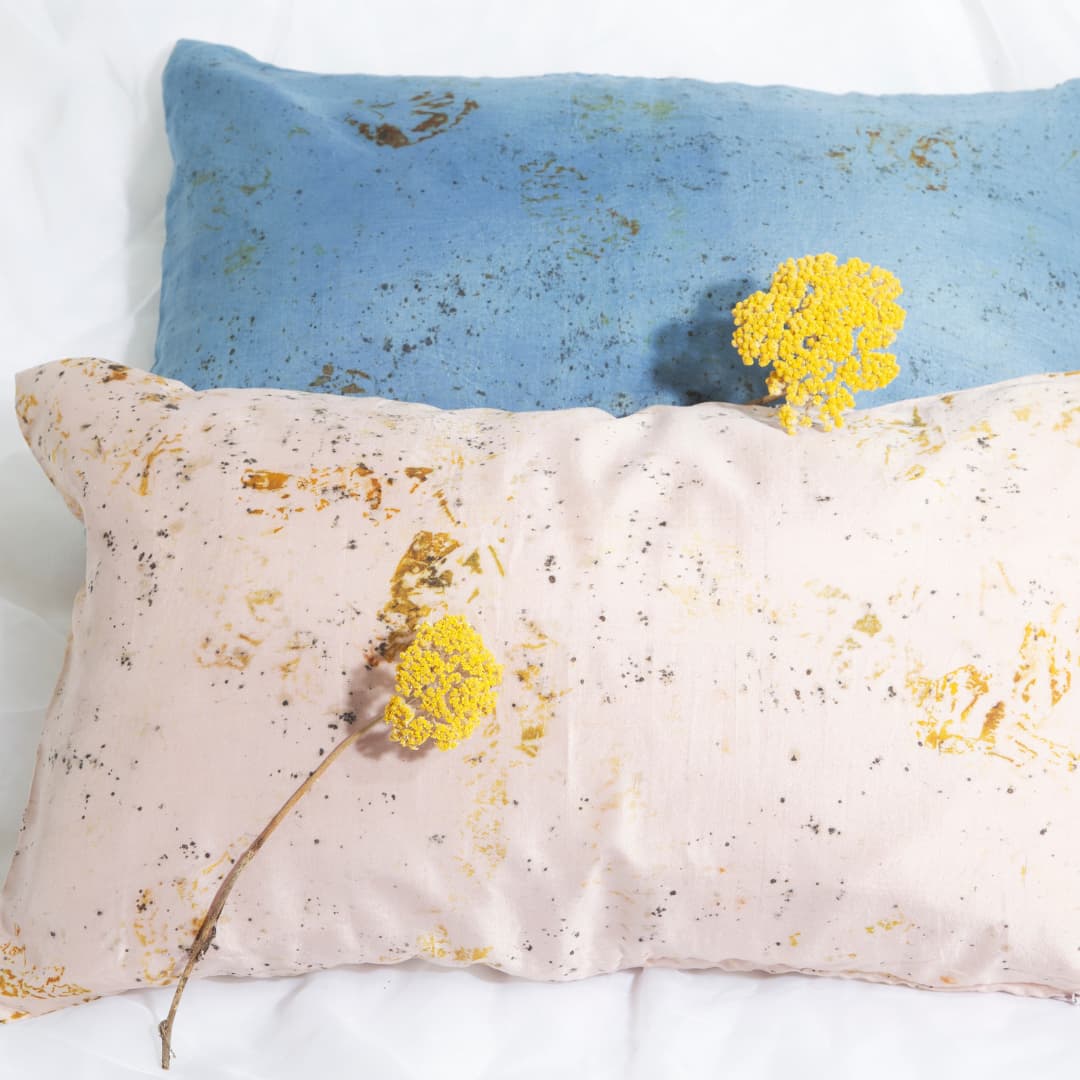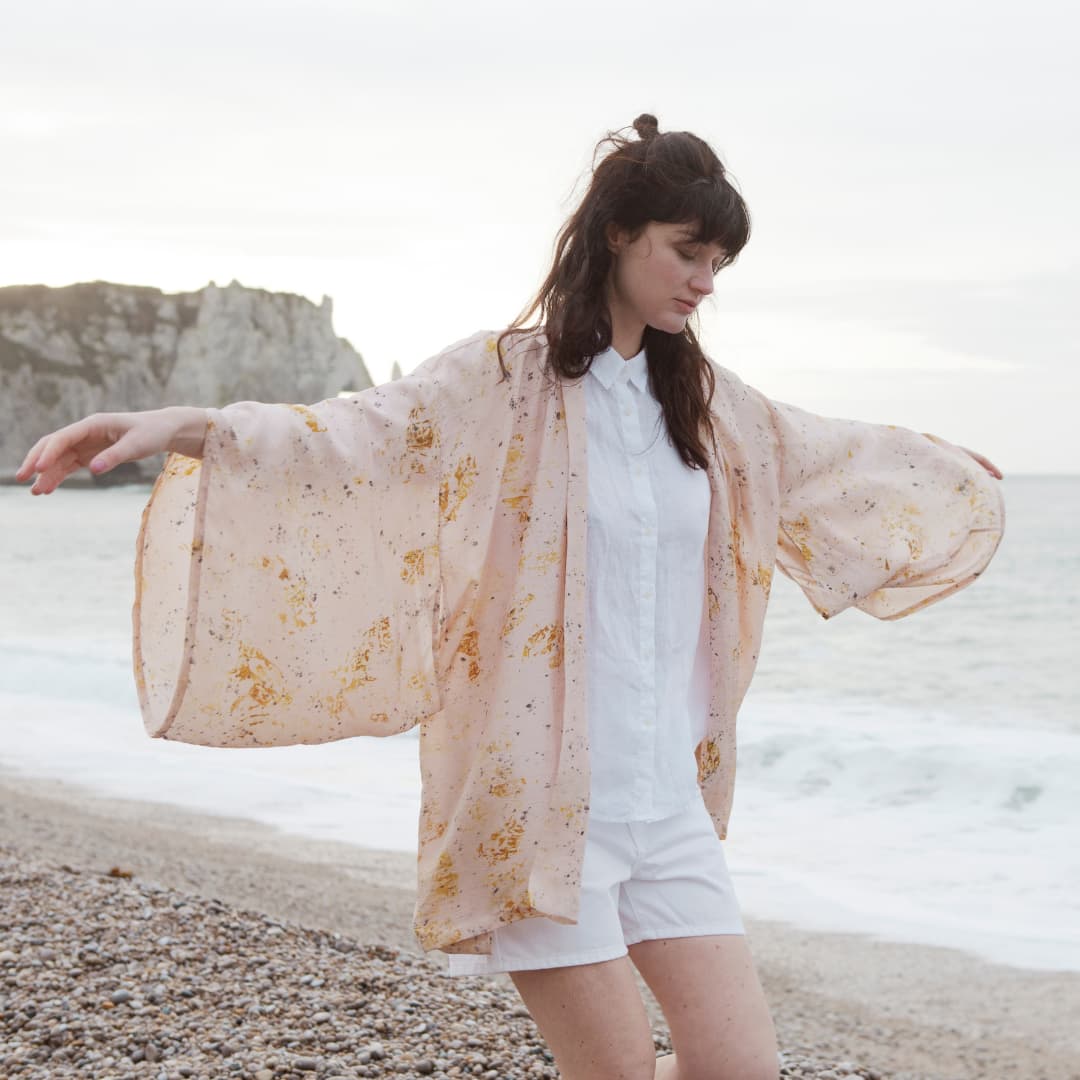
Upcycling and sustainability
Respect the environment
Unlike synthetic dyes that require harmful chemicals, upcycled temple flowers offer a natural alternative for coloring silk. The flowers are grown using traditional methods, often without the use of pesticides or chemical fertilizers. This reduces the negative environmental impact typically associated with the production of synthetic dyes.
Reduction of water pollution
Synthetic dyes often release toxic chemicals into the water, contributing to the pollution of the aquatic environment. In contrast, tinctures made from temple flowers are biodegradable and do not contaminate drinking water sources. This helps preserve aquatic ecosystems and protect marine life.
Low carbon
The textile industry is one of the main sources of carbon emissions. Using natural dyes like temple flowers generally requires less energy and resources to produce the coloring pigments. This reduces the carbon footprint of textile manufacturing.

Dermatological benefits of natural dyes
Hypo-allergenic
Synthetic dyes can cause skin irritation and allergic reactions in some people due to residual chemicals. In contrast, tinctures made from temple flowers are generally hypoallergenic and less likely to cause skin problems. They also provide a feeling of softness and comfort on the skin.
Natural therapeutic properties
Some temple flowers have natural healing properties. For example, chamomile flower is known for its soothing properties, making it an ideal choice for fabrics in contact with the skin.
Breathability and moisture regulation
Silk itself is renowned for its breathability and ability to regulate moisture. When combined with natural dyes, this combination can further improve skin comfort by allowing better air circulation and preventing excessive moisture build-up.
Preservation of traditional knowledge
Promotion of crafts
The use of temple flowers to dye silk helps preserve traditional craft techniques. This ancient practice is often passed down from generation to generation, and maintaining it supports local artisans and preserves cultural and artistic richness.
Encouragement of cultural sustainability
The sustainable use of natural resources is an important aspect of many cultures around the world. By promoting the use of tinctures made from temple flowers, we encourage a way of life that respects nature and cultural traditions that value the harmonious relationship between man and his environment.

The choice to use temple flowers to dye silk is not limited to a simple aesthetic trend, but represents a commitment to environmental sustainability and respect for the skin . This ancient practice offers an ecological alternative to synthetic dyes while offering appreciable dermatological benefits. By promoting the use of natural dyes, we also support the preservation of traditional knowledge and local cultures. As fashion evolves towards a more planet- and people-friendly approach, temple flowers are emerging as a smart choice for dyeing silk with care and awareness .


